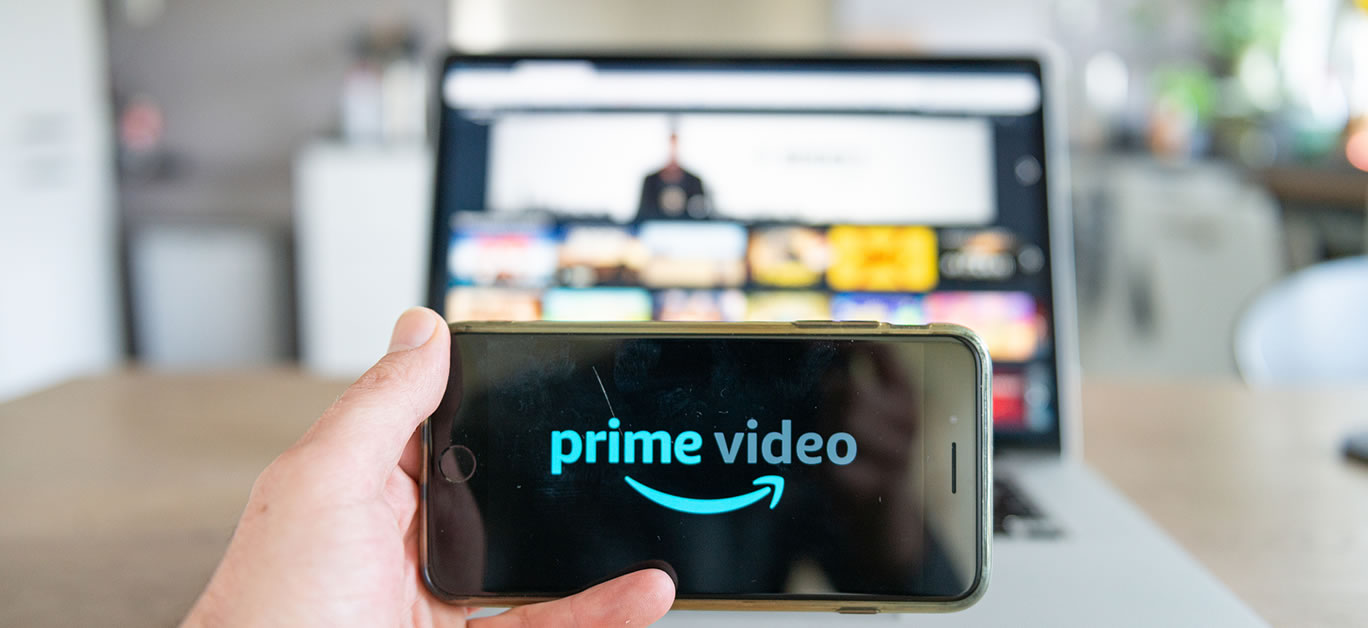The online world has been booming in recent years, with more people conducting their business, social lives and just about everything else online with every year that passes. And, thanks to the unexpected pressures of the ongoing Covid-19 pandemic, we’ve been forced to change the way we live and work for the long-term, which has only served to accelerate growth in a number of areas online.
From video conference calling to online shopping, we now rely on the internet more than ever before – and regardless of whether or not the pandemic comes to an end in the coming months, the changes we’ve seen in 2020 are likely here to stay.
As well as some burgeoning trends that have emerged this year, over the next five years, we can expect to see some new ones, too – in addition to seeing these areas continue to grow.
So, what are the biggest online trends we can expect to gather momentum between now and the end of 2025?
The growth of streaming

From Netflix and Hulu to Amazon Prime, the uptake of online streaming services has sky-rocketed in recent years, with many now favouring such services over terrestrial and freeview TV. This modern method of transmitting data in a continuous flow has allowed millions to beat the boredom throughout the lockdowns and restrictions that 2020 has brought, keeping the masses entertained when the official advice was to ‘stay at home to save lives’.
Over the past few years, we’ve seen numerous different services emerge, each offering a unique selection of TV series and films for viewers to watch on demand. One of the biggest challenges of this year’s lockdowns has been for streaming services to continue producing fresh and compelling content to keep viewers engaged, as with the ongoing social distancing rules, this has been a trickier than usual task. But, according to the experts at popular streaming hub ScreenBinge, the best is yet to come.
“The market for online streaming services is booming, and we expect to see growth continue over the next five years and beyond,” says Salman Ahmed, senior author at ScreenBinge. “With more services now available than ever, it’s crucial for each to maintain a point of difference. At ScreenBinge we make it a priority to ensure that we have the best streaming options to provide our audience all the ways to access their favourite TV shows and movies from anywhere they want, regardless of content geo-restrictions, and also we’re constantly adding new options so that there is always something exciting to watch.”
Enhanced video conferencing

While Skype has long been an internet staple for business and overseas friends alike, in recent years we’ve seen the emergence of a flurry of more modern video-conferencing services, many of which have aimed to facilitate better business meetings and cater to larger organisations.
During the early days of this year’s Covid-19 pandemic, Zoom really came into its own, becoming the lifeline of friends, families and businesses alike when we all had no choice but to stay at home and social distancing rules meant that we could no longer meet up face to face.
Even so, it hasn’t been without its dramas, with reports of meeting hi-jacking by pranksters emerging as the year continued to unfold. With this in mind, it’s clear that there is still some way to go to make such platforms as robust as they could be, and competition will continue to drive innovation over the next few years as services battle to become the number one choice.
The emergence of super-secure Vidicue is a prime example of this, and in the last few weeks, we’ve seen Zoom announce Slack-like functionality will soon be added to its platform. As we head into 2021 and beyond, we can expect to see such innovations continue, particularly with the likelihood of school and university lessons moving partially online for the long-term and working from home – which has become the new normal in 2020 – being largely here to stay.
Increased demand for detailed Dataviz

Never before has the need to create visualisations of scientific data been as high as it has been in 2020, and this year, it has proved instrumental in helping scientists, the government and the public alike to understand complex pictures of the Covid-19 pandemic in a simpler and more easily digestible manner.
Dataviz designers everywhere have been clamouring for their slice of the limelight and their innovations have enabled us to see exactly how the pandemic has been spreading – but it hasn’t all been doom and gloom, with Pentagram releasing their Happy Data visualisations to shine a spotlight on some of the good that was happening in the world. From the number of vaccines being developed worldwide to the increase in the number of volunteers helping out throughout the crisis, it’s a great example of the opposite side of the coin – and as we head into 2021 and beyond, the demand for visualisation, in the current climate, is likely to continue to grow.






















